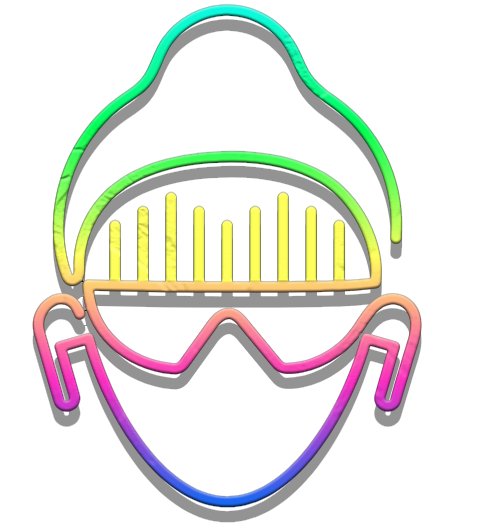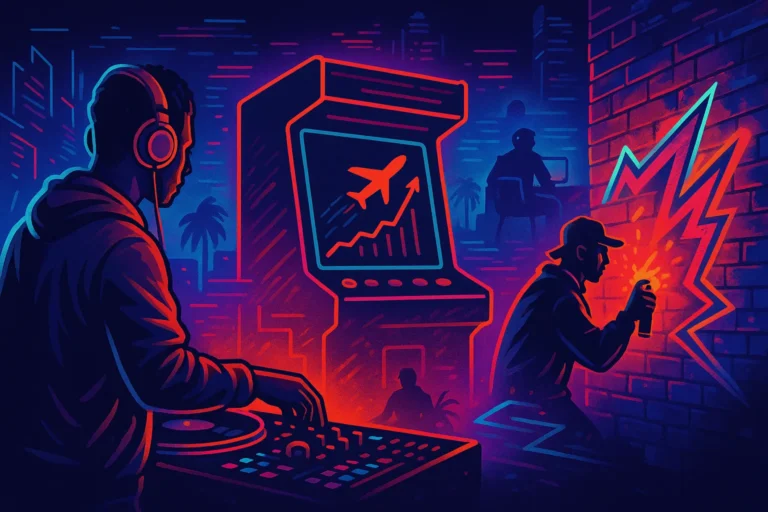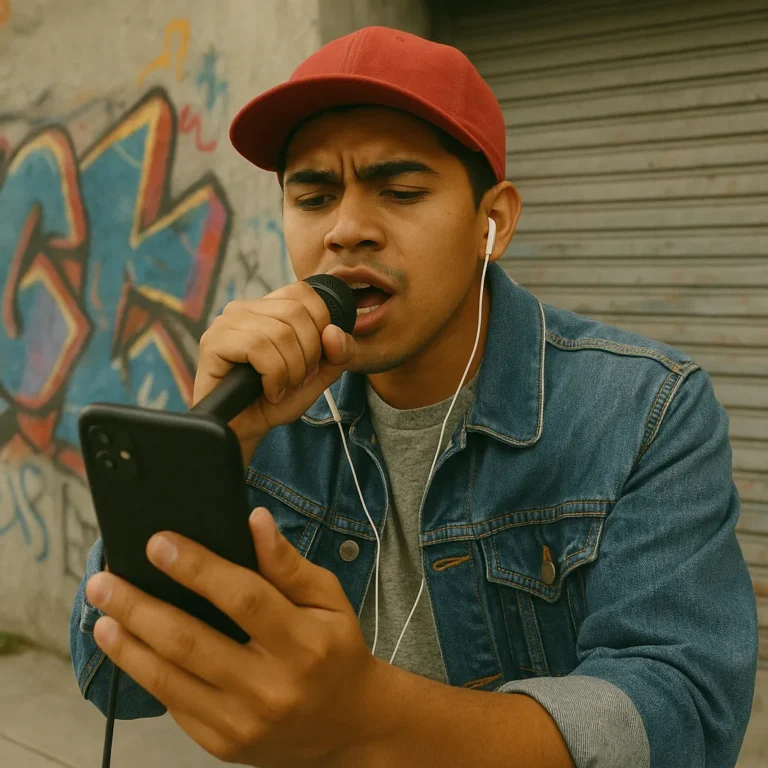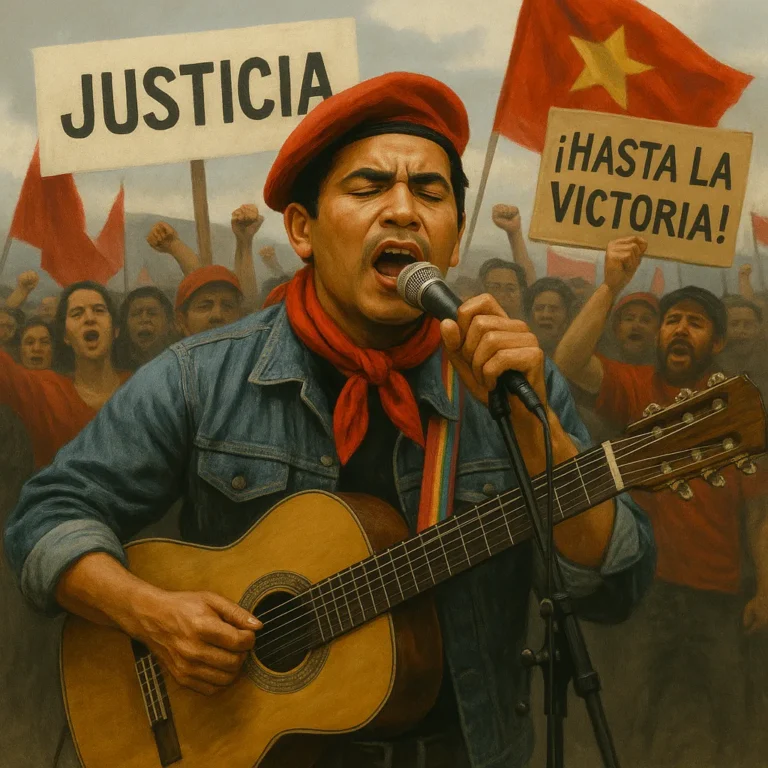Art as Therapy: How Creative Expression Heals Communities
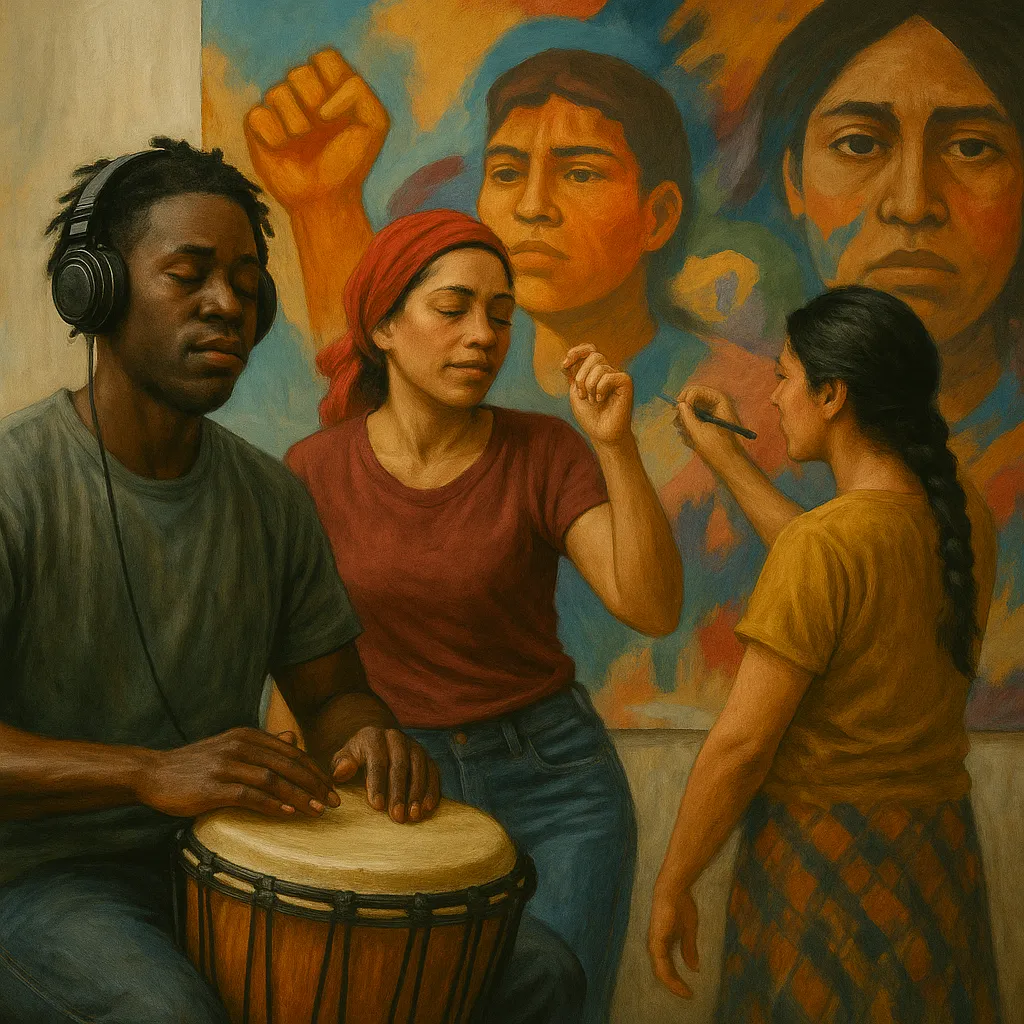
In places where violence, migration, racism, and economic instability hit hard, traditional therapy isn’t always an option — or even recognized as a solution. In these spaces, art becomes more than a creative outlet. It becomes a survival tool. Through music circles, dance workshops, and collaborative murals, communities are reclaiming their voices and rebuilding a sense of self — not as a luxury, but as a vital necessity.
Music as a Space for Restoration
The Rhythm of the Heart, the Rhythm of Memory
In Latin American cultures, music has always held a dual purpose — to celebrate and to survive. From boleros to corridos, from hip-hop to salsa, rhythm carries emotional weight. In recent years, these traditions have found new therapeutic ground, especially in immigrant and refugee support centers.
Here’s what that looks like in action:
- Vocal improvisation sessions with asylum seekers and refugees
- Songwriting projects based on spoken trauma narratives
- Music circles within community shelters and support hubs
When words fail, music speaks. It taps into the unsaid, turns silence into resonance, and helps participants process deep emotional wounds — together.
Dance as Embodied Therapy
Moving Through Numbness
Trauma lives in the body. It freezes, tightens, withdraws. Dance — particularly street styles, folk movement, or freestyle forms — helps shake it loose. Across cities like Bogotá, Mexico City, and New York, artists and facilitators are using movement as a bridge back to the self.
How it works:
- Workshops where choreography grows from shared personal stories
- Sessions focused on feeling rather than form — no mirrors, no pressure
- Public performances that transform emotional pain into collective motion
These aren’t dance schools. They’re safe spaces for expression, where gestures replace language and movement restores agency.
Visual Art and Collective Transformation
From Graffiti to Memory Murals
Walls remember. In neighborhoods scarred by police brutality, forced displacement, or war, public art becomes a way to reclaim space and history. These aren’t just murals — they’re acts of resistance and healing.
Key examples include:
- Murals co-created by families of victims of state violence
- Art therapy programs for teens affected by deportation
- Graffiti campaigns that swap hashtags for bold, symbolic storytelling
Each brushstroke tells a story. Each image resists erasure. These artworks shift the narrative — from loss to legacy, from trauma to testimony.
Community as a Space of Care Through Art
Healing doesn’t happen alone. What makes artistic therapy so powerful is the collective process. When communities create together, they don’t just make art — they build trust, meaning, and shared strength.
What this looks like in real life:
- Youth-led music labs in underserved urban areas
- Sidewalk installations sharing anonymous art messages
- Open mic stages that give voice to marginalized and at-risk groups
Art in these settings isn’t polished or curated. It’s raw, real, and full of life. The audience isn’t passive — it becomes part of the experience, part of the recovery. People see themselves reflected and find others walking through similar pain.
